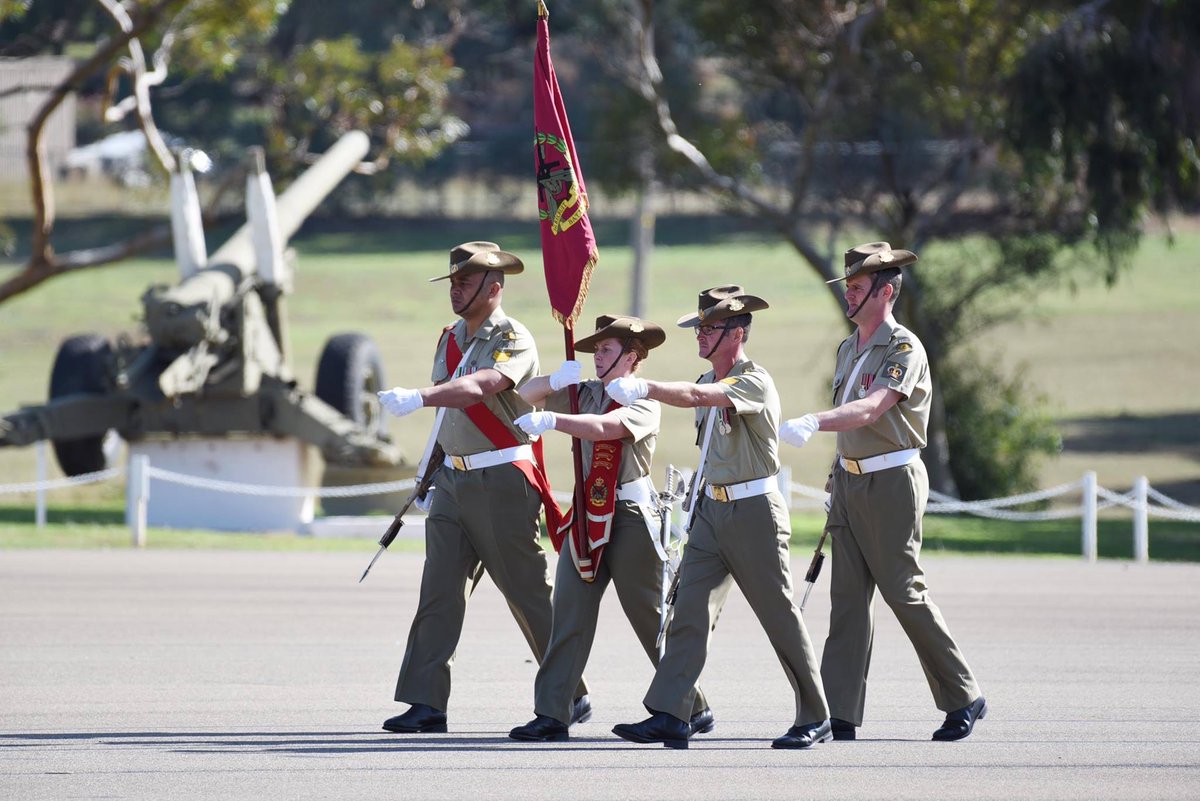Goodbye to all that [1]
There comes a time in every career when we will ‘soldier no more’. When one or both parts of the relationship between Army and the individual is no longer suitable, tenable or desired. As long as the separation is not for disciplinary reasons, then there should be a suitably significant symbol of the service to the nation that any soldier or officer has rendered.
I had the good fortune to have a posting to the United States for two years, serving with the US Marine Corps. Working alongside some very fine professionals, I was particularly impressed with their process of farewelling long serving Marines. A parade was called, all 50 flags of the United States were flying, the band played, family invited, flowers presented to partners and families, and a rousing recollection of the Marine’s service with a suitable presentation to the member. It was often emotional, always sincere, and was done as the appropriate respect of the nation towards that individual, and their family’s, service and sacrifice.
As Australians, we portray a more laid back approach, and often try to avoid the fanfare that such a farewell described above requires. But the end of a career serving your nation demands more of a statement than a farewell morning tea and a certificate.
We need to start thinking differently about farewelling our people from Army.[2] It needs to be a uniquely Australian farewell and one that recognises service of the individual and their families with respect and gratitude.
My recommendation is that our personnel are recognised with an appropriate presentation for their service. For those that serve past 20 years, their corps usually provides such a presentation. The gap exists for those that serve less than 20 years, primarily soldiers, JNCOs and junior officers. Recognition for these personnel is often subject their unit, its tempo and the inclination of their chain of command to recognise their service. This is a haphazard situation that does not adequately do justice to the Army or the member.
The Army Shop and a basic internet search provide plenty of options to choose from. As an example, an army plaque, Australian Soldier figurine or mounted bayonet or sword would all be suitable and affordable.[3]

On his departure from the Battle School Tully, (now Combat Training Centre-Jungle Training Wing) Brigadier George Mansford presented a plaque which read:
The oath to serve your country did not include a contract for normal luxury and comforts enjoyed within our society. On the contrary, it implied hardships, loyalty and devotion to duty, regardless of your rank.
At the conclusion of one’s service however, the contract with your country should imply suitable recognition for that hardship, loyalty and devotion. The presentation of a suitable souvenir of service would be appropriate recognition, for low relative cost, it would go straight to the pool room, and represent the Army and the nation’s gratitude for service.
About the author
Colonel Richard Barrett is currently the Director Diggerworks and is a previous Commanding Officer of 5th Battalion, Royal Australian Regiment.
Endnotes
[1] Goodbye to All That, Anchor, London 1929. The autobiography of Robert Graves, a British army officer in the First World War.
[2] Each year approximately 10-12% of Army conclude their service. The current ARA and ARes Pocket Briefs, produced by the Office of the Director General Personnel -Army, indicates that the Army is made up of approximately 26,000 ARA and 11500 ARes personnel in the trained force (ie, those not currently undertaking entry level training). That equates to roughly 3500-4000 personnel discharging each year.
[3] Likely cost to Army would be approximately $75-150 per item. The listed retail cost for the example items ranges from $49 – $99.00. This would entail an ongoing cost to Army of approximately $500,000 per year, a sum that staff officers across Army Headquarters would routinely be required to scramble to spend at the end of each financial year.


